How to Move on a Budget: A Money-Saving Guide That Actually Works
The average person moves more than 10 times in their life. These moves can cost anywhere from $500 to over $10,000.

The average person moves more than 10 times in their life. These moves can cost anywhere from $500 to over $10,000.
A local move typically costs around $1,187, while long-distance relocations could set you back up to $11,600. Moving on a budget might seem overwhelming, but smart planning and insider tips can reduce these costs by a lot. Simple choices make a big difference. Moving mid-week instead of weekends or scheduling your move during winter months leads to substantial savings.
Smart movers can keep costs down with several proven strategies. They find free packing supplies and choose between DIY options or professional services that charge around $60 per hour per mover. Want to learn the cheapest way to move while staying efficient? Let's look at money-saving strategies that work for your budget.
Create a Realistic Moving Budget
A realistic moving budget starts with understanding the core expenses. Local moves typically cost around $1,250. Long-distance relocations cost an average of $4,890 for a 1,000-mile journey.
Calculate all potential moving expenses
Start by listing the essential moving costs. Full-service movers base their charges on three main factors: move size, distance, and type of service selected. Here are the costs you'll need to include:
- Moving insurance (starting at $0.60 per pound for simple coverage)
- Fuel costs (moving trucks average 8-12 miles per gallon)
- Equipment rental fees
- Packing materials
- Storage fees
- Utility deposits at your new home
You might face extra charges in specific situations. Long-carry fees apply if movers can't park within 100-150 feet of your door, which could add several hundred dollars. Stair-carry fees apply for multiple staircases, and elevator fees come into play in high-rise buildings.
Use budgeting apps to track costs
Specialized budgeting apps make expense tracking easier. These applications sync with your financial accounts and give you live updates on your spending. Many apps also offer educational resources and financial calculators that help track moving expenses.
Your chosen app should include separate categories for:
- Base moving rates
- Insurance costs
- Packing services
- Specialty item moving
- Hidden fees
- Post-move expenses
Add a buffer for unexpected expenses
Studies show that 80% of people underestimate their moving costs and need additional funds. First-time movers face the biggest challenges and encounter an average of $1,239 in unexpected expenses. Set aside 5-10% of your total moving budget for unforeseen costs.
Here are the most common unexpected expenses:
- Time off work (reported by 20% of movers)
- Utility service fees (affecting 18% of moves)
- Additional packing materials (cited by 22% of movers)
Book your move 30-60 days ahead to minimize surprises, since last-minute bookings usually cost more. Moving during off-peak seasons can save you 20-30%, especially in winter months. Getting at least three moving estimates will help you find competitive pricing, as quotes can vary by thousands of dollars for long-distance moves.
Find Free or Low-Cost Packing Supplies
Packing supplies eat up much of your moving budget, but you can get these materials without spending too much. Creative alternatives and knowing the right places to look will help cut down these costs.
Where to get free boxes
Local businesses are great places to find sturdy, free moving boxes. Bookstores throw away boxes made to carry heavy items - perfect for your books and other weighty belongings. Liquor stores have reinforced boxes that were used for bottles, which work great for fragile items.
Office buildings and banks get regular shipments of paper and promotional materials in strong boxes. Schools and libraries often have boxes from book deliveries, especially when new terms start.
You can find free boxes on these online platforms:
- U-Haul Customer Connect Box Exchange program connects people nationwide who need moving supplies
- Facebook Marketplace and community groups list free moving boxes
- The Freecycle Network, a nonprofit movement, helps people reuse materials including moving boxes
Alternatives to bubble wrap
Instead of buying expensive bubble wrap, these eco-friendly alternatives protect just as well:
Recyclable foam mailers cushion smaller items perfectly. Corrugated packaging, made from three sheets of paper with a fluted sheet between two liners, protects items of all sizes.
Delicate items stay safe with these biodegradable options:
- Cornstarch-based packing peanuts
- Seaweed packaging that works surprisingly well
- Green Wrap, a paper-based option you can compost and recycle
- Mushroom packaging works best for electronics and smaller items
Use what you already own
Your home has many items that work great as packing materials. Towels do double duty - they protect breakables like sculptures, vases, and mirrors while cushioning box bottoms filled with kitchen items.
Suitcases are a great way to move heavy items like books and electronics without needing extra boxes. Keep clothes on hangers and cover them with clean garbage bags to make transport and unpacking easier.
These household items make excellent packing materials:
- Plastic bags organize small items and stop liquid spills
- Dresser drawers move with clothes inside when secured with plastic wrap
- Baskets carry lightweight items like scarves and accessories
- Under-bed storage containers move as they are
- Hampers transport blankets, pillows, and shoes
Free boxes from local places, eco-friendly alternatives to regular packing materials, and items from your home will save you money. This is a big deal as it means that you can protect your belongings during the move without breaking the bank.
Declutter and Sell Unwanted Items
The best way to cut moving costs starts with getting rid of stuff you don't need. Expert organizers say you should start this cleanup way ahead of your move date - even before you put your house on the market. This saves you money and stops you from paying movers to haul things you won't keep.
Host a pre-move garage sale
A great garage sale needs good planning and the right timing. You should plan your sale about three to four weeks before moving day. This gives you enough time to get ready and spread the word. Here's what works best to draw crowds:
- Put your sale on websites like yardsales.com and estatesales.net
- Group similar items together so buyers notice them
- Set prices at about 25% of what things cost new
- Set up your stuff by category so people can browse easily
- Pick payday weekends for your sale—usually the 1st and 15th or second and fourth Fridays—when shoppers have cash
Sell items online for quick cash
Online selling platforms are a great way to get rid of stuff fast. Facebook Marketplace works really well for local sales because you can reach specific buying groups and skip shipping costs. Here's what works for special items:
Electronics: Many platforms buy used devices, even older ones. Local consignment shops often take newer furniture and good clothes, but watch out for their fees and rules.
Valuable items need special handling. Local markets usually attract bargain shoppers, but specialty websites can get you better prices for antiques and premium stuff. Many sellers do better when they list their items on several platforms at once.
Donate for potential tax benefits
Items that won't sell can still help you through tax deductions if you donate them. Giving to IRS-qualified 501(c)(3) public charities might qualify you for tax breaks under certain rules:
- Cash gifts usually let you deduct up to 60% of your adjusted gross income
- Long-term assets you've owned over a year, including property, often qualify for deductions at fair market value, up to 30% of adjusted gross income
- You'll need different kinds of proof based on what you give:
- Money donations need bank records, credit card statements, or official receipts
- Things worth more than $250 need a written note from the charity
- Using your car for charity work can earn you mileage deductions
Places like Goodwill, The Salvation Army, and Habitat for Humanity often pick up large donations. Take pictures of your donations and get receipts to back up your tax deductions.
Smart planning and clearing out unwanted items can help cover your moving expenses. Yes, it is true that some people make enough money selling their extra stuff to pay for much of their move.
Choose the Cheapest Way to Move
The right moving method that fits your budget depends on what options you have and how much they cost. Local moves under 100 miles usually cost $80-100 per hour with professional movers. Long-distance moves can set you back anywhere from $2,000 to $5,000.
DIY vs. hiring movers: cost comparison
Short-distance moves are cheapest when you do them yourself. You can rent small trucks starting at $20, while larger vehicles cost up to $160. Professional moving companies offer complete solutions that cost between $4,000 and $10,000 based on how much stuff you're moving.
Professional movers base their prices on:
- Weight of items
- Distance between locations
- Labor expenses
- Packing materials
- Insurance coverage
Rental truck options
Rental trucks are the most economical choice if you don't mind doing the heavy lifting. Budget Truck Rental gives many discounts to military members, students, and seniors. The total cost of renting a truck includes:
- Mileage charges ($0.69-0.79 per mile)
- Rental deposits (up to $150)
- Fuel costs (trucks average 10 mpg)
Moving container pros and cons
Moving containers bridge the gap between full-service movers and DIY methods. Local moves with containers cost between $349 and $549. Long-distance moves range from $999 to $2,999.
Advantages:
- Flexible loading and unloading schedules
- No requirement to drive a large vehicle
- Storage options available
Disadvantages:
- Space limitations for larger homes
- Manual loading/unloading required
- Potential accessibility issues in urban areas
Hybrid moving approaches
You can save money by mixing professional services with DIY efforts. This hybrid approach lets you hire pros for specific tasks while handling others yourself. Most hybrid moves cost between $3,500 and $7,000.
Popular hybrid options include:
- Hiring labor-only services for loading/unloading
- Combining container rentals with professional packing
- Using freight trailers for larger moves
You'll find the best deals during off-peak seasons, especially in winter or early spring. Getting multiple quotes helps too, since prices for long-distance moves can vary by thousands of dollars.
Save on Moving Day Logistics
The right timing and planning are vital to cut down moving expenses. Smart decisions about scheduling and hosting your move can help you save money without losing quality.
Best times to schedule your move
Moving prices change a lot throughout the year. The peak season runs from May through August with higher rates. You can find better deals if you move between September and April.
Here's how to save the most money:
- Mid-month moves help you avoid lease turnover rushes
- Tuesday through Thursday moves cost less than weekend moves
- Early morning or late evening slots let you dodge traffic delays
Moving companies lower their rates during slow seasons to get more customers, and you can save 20% to 30%. Booking your move at least 30 days ahead gives you better prices and more options to choose from.
Recruit friends instead of hiring help
Getting friends to help with your move needs good planning. Let them know a week or more ahead so they can plan around it. Here are some proven ways to ask for help:
- Tell them exactly what needs to be done and how long it will take
- Plan the move on weekends when friends have free time
- Get all supplies ready and sort items beforehand
- Keep tasks simple and easy to understand
Show your friends you appreciate their help:
- Give them snacks and drinks throughout the day
- Plan a celebration after the move
- Offer to help them move in the future
Pack strategically to save space and money
Smart packing helps cut moving costs by needing fewer trips or a smaller truck. Start by organizing everything well:
- Put heavy items at the bottom of boxes for better balance
- Wrap fragile items in clothes and linens
- Pack small items inside pots and containers
Here's how to save the most space:
- Roll your clothes instead of folding them
- Use compression bags for big items
- Keep clothes on hangers and wrap them in garbage bags
Professional organizers say you should start packing early to avoid rush expenses. Taking furniture apart before the move can also save money since moving companies charge extra for this service.
A good organization system helps track your belongings during packing. Clear labels and an inventory list speed up the moving process and reduce the need for extra help, which saves money.
These practical moving day strategies help you control costs while making sure everything goes smoothly. Good timing, planning, and packing methods work together to save money without cutting corners on your move.
The Budget
Budget moves demand careful planning, smart decisions, and good timing. A well-managed budget lets you track expenses and keep a buffer for unexpected costs. You can cut costs substantially by finding free packing materials, getting rid of unnecessary items before moving, and choosing affordable moving services.
Your wallet will thank you when you schedule moves during off-peak seasons. Getting help from friends and using efficient packing methods reduces labor costs. Every choice you make impacts your final cost, from the type of moving containers to your moving date.
Want accurate pricing for your upcoming move? Head over to WeMove.ai, take a few pics of your rooms, not your items, and within minutes you will have the most real and accurate moving quote in the industry - no salesperson required, no hard selling, just pricing truth.
These budget-friendly approaches and thorough planning will help you move without emptying your bank account. The key is to begin preparations early. Your moving costs will decrease naturally when you stay focused on the plan, making your transition to the new home smooth and affordable.
FAQs
Q1. What's the most cost-effective way to move long-distance?
The cheapest way to move long-distance is often to rent a moving truck and do it yourself. Other budget-friendly options include using a moving container service, hiring movers only for loading/unloading, or selling large items and shipping essentials. Compare quotes from multiple companies to find the best deal.
Q2. How can I save money on packing supplies for my move?
To save on packing supplies, look for free boxes from local stores, use household items like towels and blankets for padding, and consider alternatives to bubble wrap such as newspaper or clothing. You can also ask friends and family for spare boxes or check online marketplaces for free moving supplies.
Q3. Should I sell my furniture before moving or pay to transport it?
This depends on the value and sentimental attachment to your furniture. Often, it's more cost-effective to sell bulky, inexpensive furniture and buy new pieces at your destination. However, for high-quality or sentimental items, it may be worth the cost to move them.
Q4. What's the best time to schedule a move to save money?
To save money, schedule your move during off-peak seasons, typically from September to April. Moving mid-week and mid-month can also be cheaper than weekends or the beginning/end of the month. Avoid peak moving times like summer months and holidays for the best rates.
Q5. How can I reduce the amount of stuff I need to move?
Start decluttering well before your move. Sell, donate, or discard items you no longer need or use. Consider having a garage sale or selling items online. For remaining items, pack strategically to maximize space and minimize the number of boxes or trips required.

